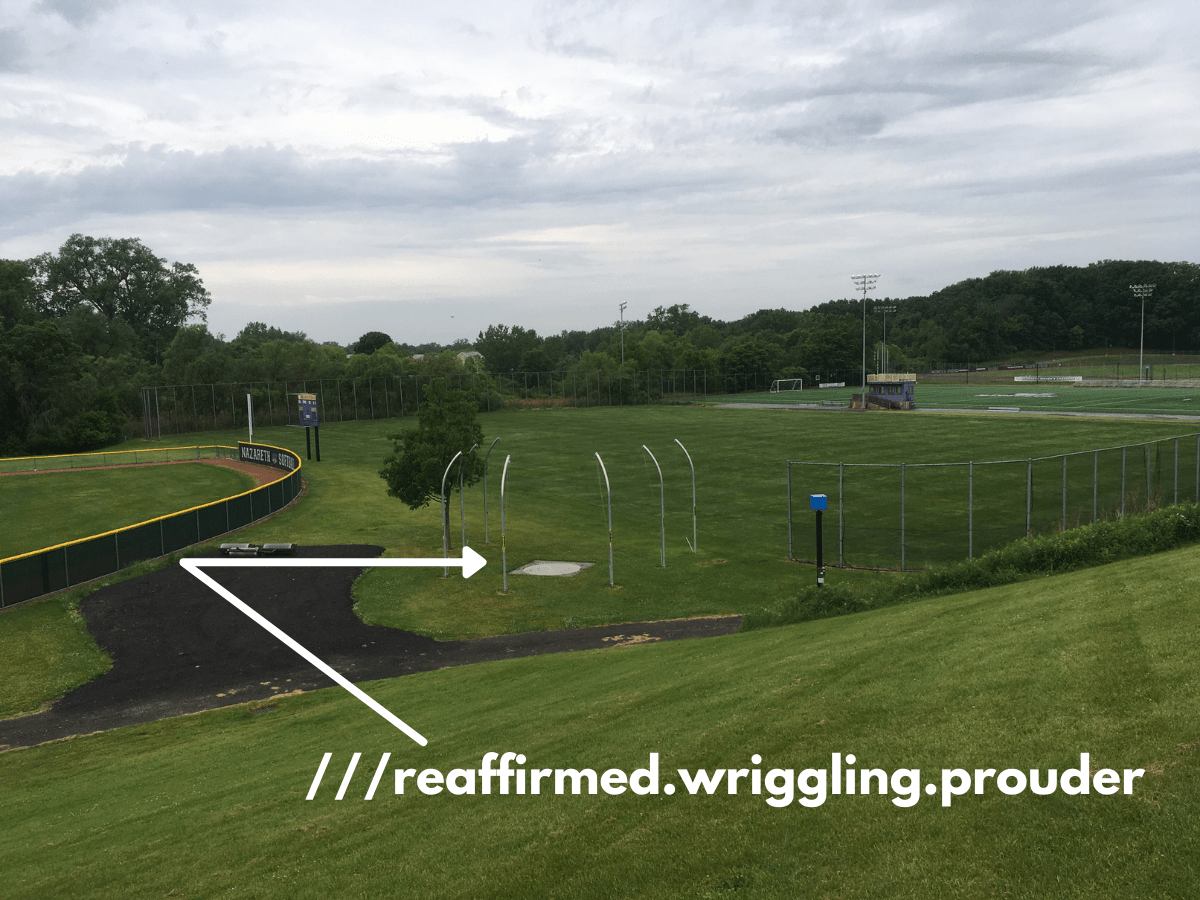Finding a running track is pretty easy: go to the nearest high school. If you’re not picky, maybe even a middle school. You can try a nearby college, but most reserve their tracks exclusively for their track & field teams (especially at Division I schools).
But what if you’re looking for a place to do some long jumping, shot putting or any other of the field events? You’d think they’d be within or next to the track, since they put the field in “track & field.” Maybe half of the time you’d probably be right. The nearly-all-within-the-oval design you may have seen at Hayward Field while watching Olympic Trials is certainly the exception, but there’s usually some effort to keep the sport together. At least all within sight of each other.
Too many times, though, the throws circles are not in the track’s sight lines, and sometimes they’re even scattered around the school’s campus. In the course of tracking down over 31,000 athletics facilities, we’ve encountered long jump runways tucked on the other side of some trees that line a curve of the track and throws circles closer to centerfield than the oval.
Even some top Power Five programs will have a few circles or javelin runways back behind the stadium, especially if those are the “practice circles.”
Anyone who shows up at the track looking for a place to jump or throw may have to do a bit of searching before they find what they need. Track & field being the solo-est of solo sports, the athlete may not have anyone they can text to ask “Where TF is this thing?” And, the field events being the niche-iest part of a niche sport, there’s probably not going to be a crowd of jumpers and throwers drawing your attention to where the action’s at.
LOOKING FOR SOMETHING ELSE? TRY OUR SALARIES EXPLORER
So how can someone - a newcomer to the sport or a new arrival in the area - find a place to practice their long jump, shot put, jav or any other event in athletics?
1. Go to nalathletics.com
Give the app permission to detect your location, or just enter where you are (or where you’re going to be - this is hopefully part of your vacation planning).
2. Find an athletics stadium near you
Our top-level search brings up all the athletics stadiums near you. The stadium is the collection of athletics facilities at the high school, university or (rarely) public or (more rarely) private sports complex. Within each stadium, then, are the event facilities: the individual throws circles, jump pits, javelin runways and the track itself.
3. See if they have your field event’s facilities
Once you select a stadium, the icons will show you which disciplines - run, jump, throw - the stadium supports. Not every stadium will have facilities for all events in a discipline, though, so click through the dropdowns or check the shield logos to see if they have what you’re looking for. If not, move on to the next nearest stadium.
4. Remember these 3 words
What 3 words? Exactly. ///what3words.
We don’t just give you the street address of the school, or the athletics department, or the track. That doesn’t help you when what you’re looking for is nowhere near the front entrance or the back turn.
The NALathletics map gives you the 3-word address, so you know the exact 3m x 3m square where you need to be to jump, throw or run. There’s no vague descriptions or impossible to remember coordinates: just 3 words for each shot put circle, jump pit (long / triple and high jumps), hammer and discus cages, jav runway (yes, they exist!), pole vault pit and lane 1 of the start line (hopefully you could find the start line on your own).
3 WORDS AT A TIME: WHERE DID THE TRACK & FIELD OLYMPIC TRIALS MEET RECORDS HAPPEN?
That’s it. We can’t guarantee that the stadium will be accessible to the public, or tell you much about the quality of the facilities. That’s on you to share with us over email or Insta, and eventually you’ll be able to leave reviews and photos. In the meantime, tag us and what3words so we can see where you are and see what the facilities look like. And if they could use some work, let’s put it on the stadium administrators’ radar.
Part of why we’re here is to create a demand signal for more and better athletics facilities; and, on the other side, to show the stadium administrators that they are sitting on an underutilized revenue stream.
Money convos in track & field? IKR!

